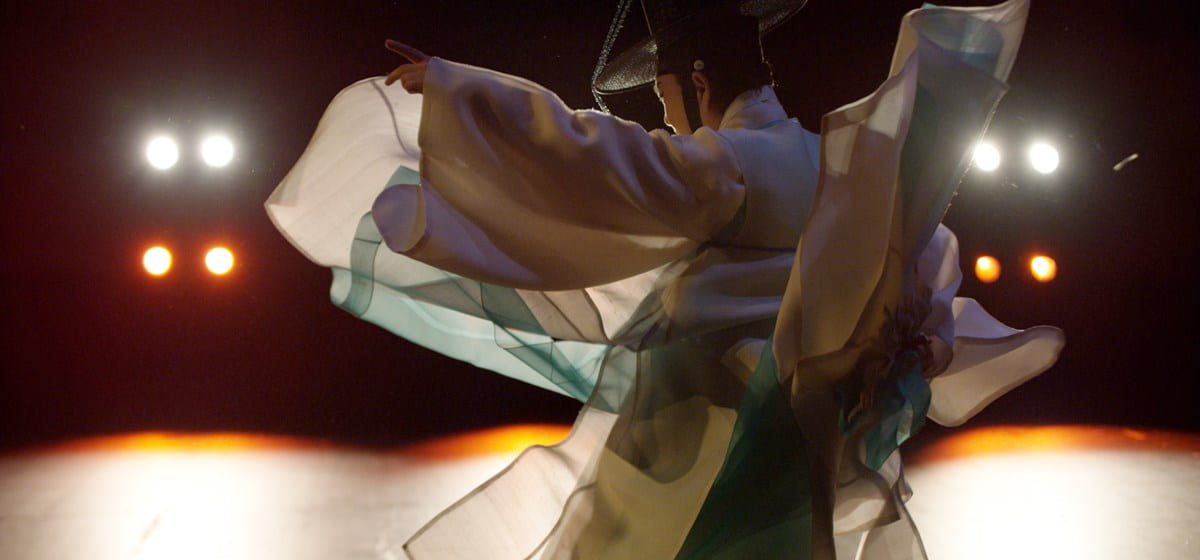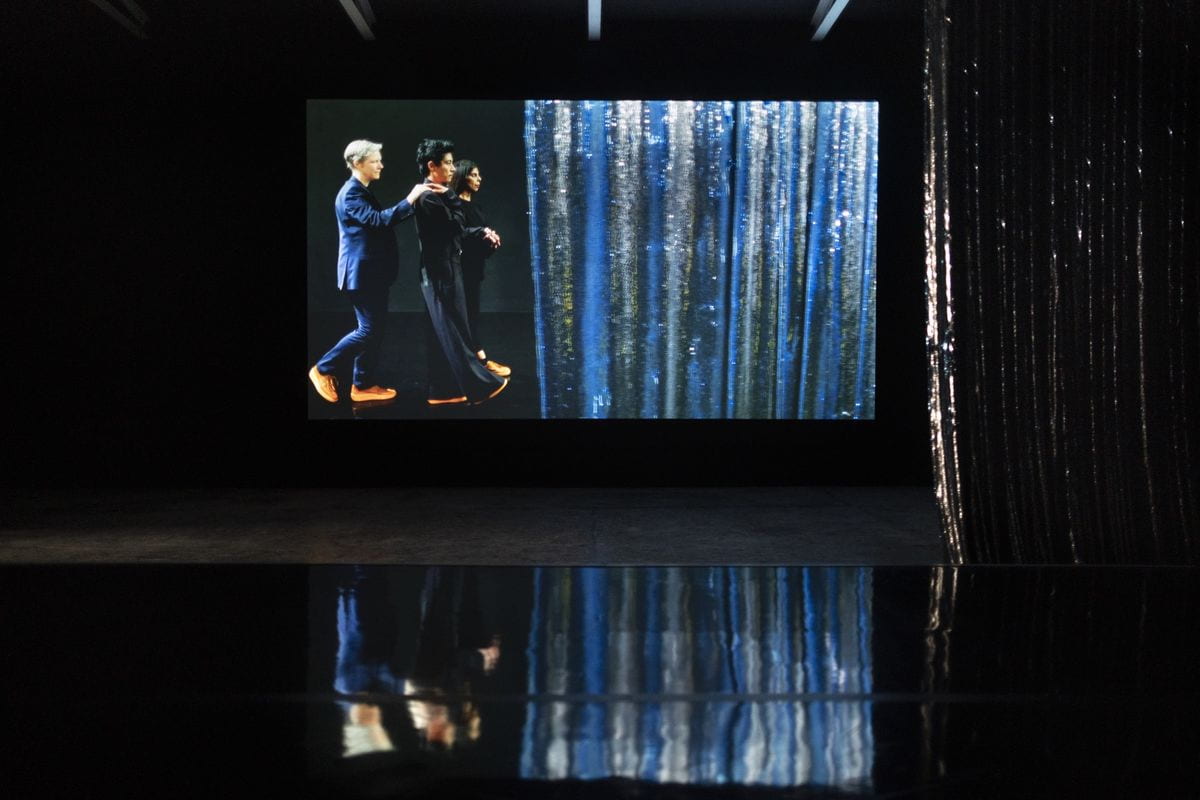Korea and Switzerland
The Korean Pavilion at the 58th Venice Biennale—titled “History has failed us, but no matter,” which is taken from the first sentence in Korean-American writer Min Jin Lee’s novel Pachinko—exhibits four video installation that chronicles the capacious history of queer expression in Korean music, dance, and ritual. With contributions from siren eun young jung, Jane Jin Kaisen, and Hwayeon Nam, the pavilion generates a rich archive of queer affect, both in more traditional art forms and in the contemporary avant-garde. Combatting the Western hegemony in fields of queer theory and gender and sexuality studies, the artists collectively present a more carefully crafted view of a multifaceted intersectional queerness. The title therefore takes on a reparative potential in this context: history has failed to represent and account for our existences, lives, and feelings, but we can excavate and document our own history.
The Swiss Pavilion also manipulates the medium of video and the subject of contemporary dance, but to different ends: instead of a reparative re-writing of history that includes and validates marginalized voices, the Swiss Pavilion uses dance as a radical form of resistance against authoritarian politics. The title “Moving Backward” is both a reference to the backward movement of the dancers and the increasingly regressive policies in Switzerland and around the world. The seemingly random and spontaneous choreography of the dancers, however, also infuses the artwork with a celebratory potential, rhymed with the artists Pauline Boudry and Renate Lorenz’s citation of José Esteban Muñoz’s foundational text Cruising Utopia in their exhibition statement. Using dance as an alternative mode of resistance and expression, the artists at once satirizes the current state of political affairs and imagines a utopian future.
Cecily Chen



